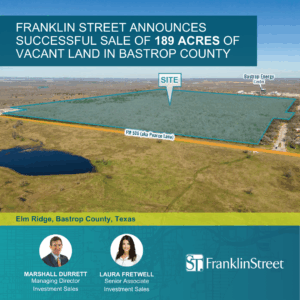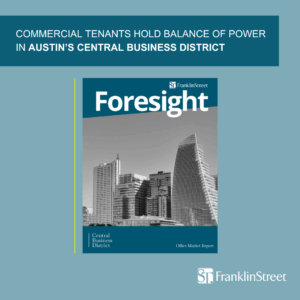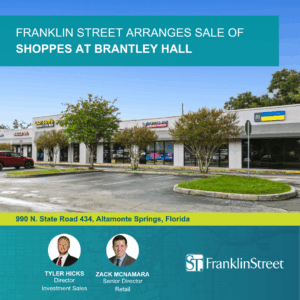The Greater Miami industrial market is thriving with exceptional fundamentals and robust pricing metrics that continue to surpass record highs for best-in-class product. Vacancy rates are at 4% and last quarter we absorbed more than 500,000 square feet. Average asking monthly net rental rates are well above $0.70 per square foot, and rent growth remains steady with 3.1% year-over-year gains.
The three major factors influencing the market in 2019 are availability of capital, e-commercial online sales and a perceived rising interest rate environment. On a national level, there is $250 billion of capital in the closed-end institutional funds, which is actively looking to deploy. Industrial real estate is a hot ticket, offering stable returns and growth to both foreign and domestic investors.
With the recent investments of Blackstone and Cabot Properties in South Florida and Starwood Capital Group’s move to the Miami area, the region is transforming into a major financial capital that also commands a higher profile for international high-net-worth families and funds. The scarcity of land, which has been pushed to the forefront with the dynamic growth of residential and commercial projects, has also created a stable investment environment for institutional players.
Last year, e-commerce online sales totaled approximately $500 billion and they have been increasing about 15% annually. It’s estimated that 1.25 million square feet of distribution space is needed for every $1 billion increase in online sales. On a national scale, if online sales reach $700 billion by 2021, the corresponding warehouse growth would be 250 million square feet of commercial warehouse product. Currently, Dade and Broward County have 5.3 million square feet under construction with a limited pipeline for future projects.
Interest rates are projected to rise eventually, and yet, the low rates continue to play a factor in industrial real estate pricing. With 10-Year Treasury rates under 2%, industrial caps have continued to compress. Class A industrial properties are currently trading in the sub-5% rates.
As the industrial market remains attractive even as prices have increased, some of our clients are deciding to recapture equity and gains, both on the institutional and corporate side. The strong demand and scarcity of future product promises to continue a positive pressure of rent growth. On the user side, medium-sized tenants are looking for build-to-suit properties that can enable better value and adaption for future business plans.
Mark Behling is a Senior Associate for Industrial Real Estate Services at Franklin Street. He can be reached at [email protected].
For full story, visit https://www.globest.com/2020/01/02/3-drivers-behind-miamis-industrial-market/



